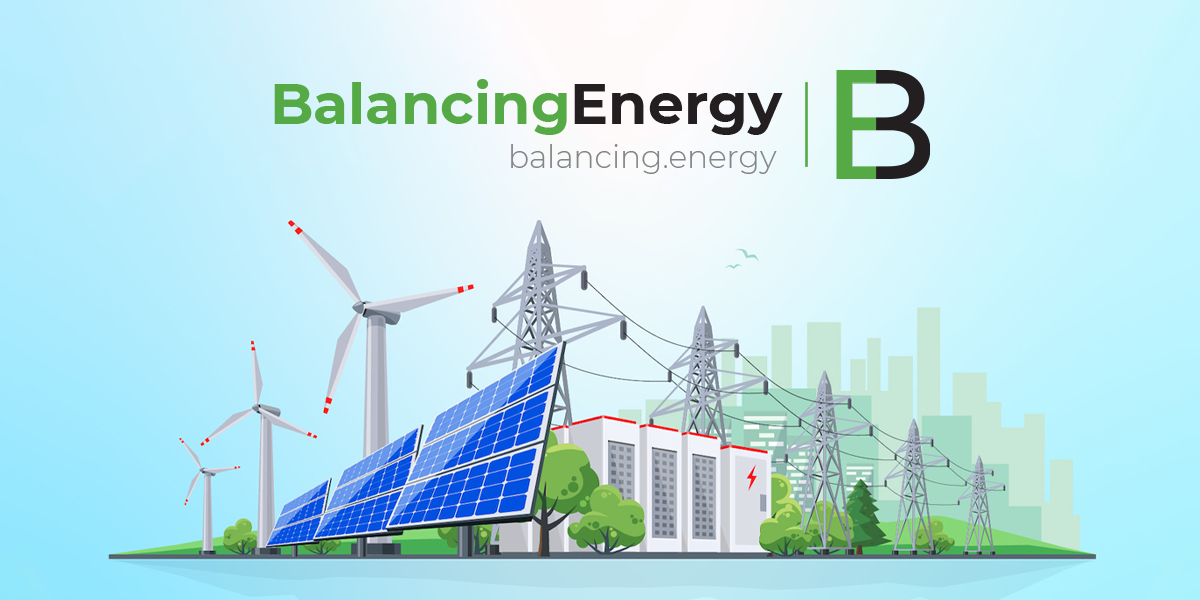Europe installed 18.3 GW of new wind power capacity in 2023, according to WindEurope. The EU-27 installed 16.2 GW of this, a record amount but only half of what it should be building to meet its 2030 climate and energy targets.
Around 79% of the new wind capacity built in Europe last year was onshore. The volume of new offshore installations is growing – last year it was a record 3.8 GW in Europe. But 2/3rds of the new wind installations up to 2030 will continue to be onshore.
We expect Europe to install 260 GW of new wind power capacity over 2024-2030. The EU-27 should install 200 GW of this – 29 GW a year on average. To meet its 2030 climate and energy targets the EU now needs to build 33 GW a year on average. We therefore expect the EU to fall around 30 GW short of its 425 GW ambition needed to meet the 42.5% renewable energy target.
Europe installed 18.3 GW of new wind capacity in 2023 (gross installations). Onshore wind made up 79% of new installations for a total of 14.5 GW. A record 16.2 GW of new capacity was installed in the EU-27. 82% of this was onshore (13.3 GW).
Germany built the most new capacity last year, thanks to its rapid ongoing onshore wind expansion. After Germany, the Netherlands built the most thanks to their record new offshore wind installations. Sweden was third with 1.9 GW of new capacity installed, all onshore.
WindEurope expects the EU to install 200 GW of new wind power capacity over 2024-2030 – 29 GW a year on average. To meet its 2030 climate and energy targets the EU now needs to build 33 GW a year on average.
Denmark and Ireland had the highest share of wind in their electricity mix with 56% and 36% respectively. Wind met at least 20% of electricity demand in another eight countries: Germany (31%), the UK (29%), the Netherlands (27%), Spain (27%), Sweden (26%), Portugal (26%), Lithuania (21%) and Greece (20%).
Annual build-out of offshore wind should ramp-up significantly towards the end of the decade. We anticipate installations over 2024-2030 to take the EU to 393 GW by 2030. The EU2030 target is 425 GW. We also see Europe’s installed wind power capacity exceeding 500 GW over the same timeframe.










